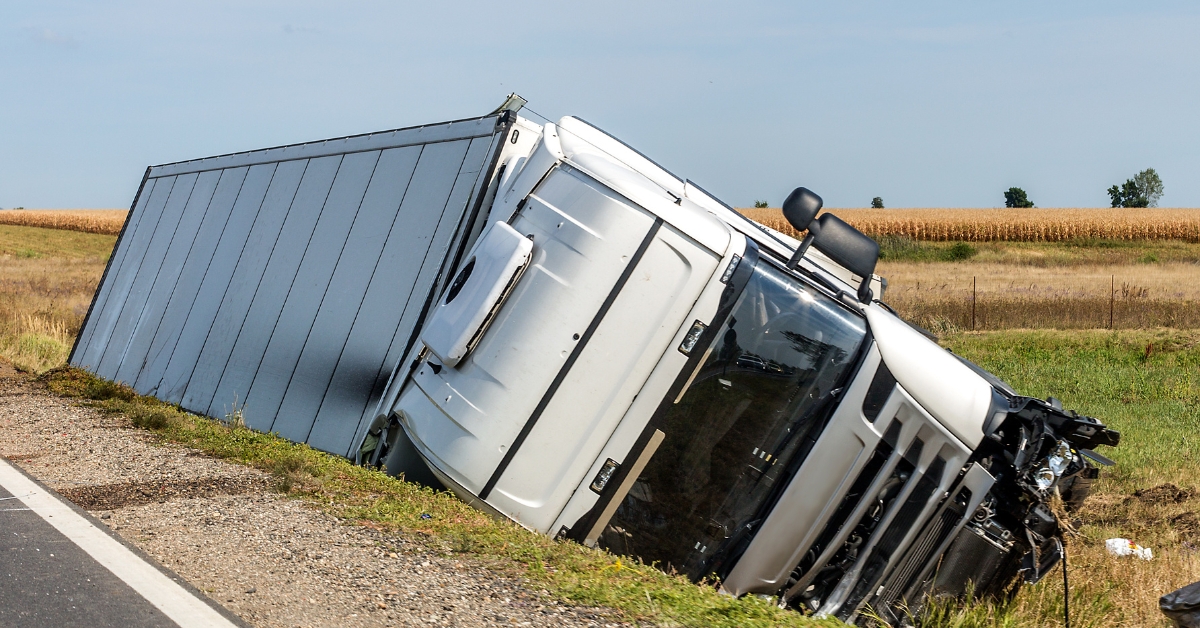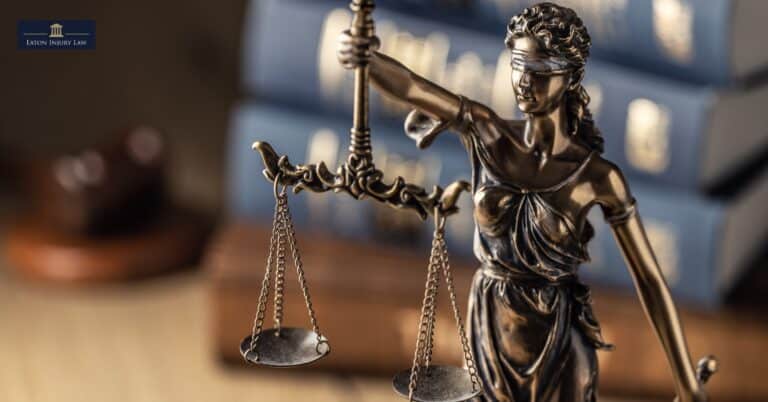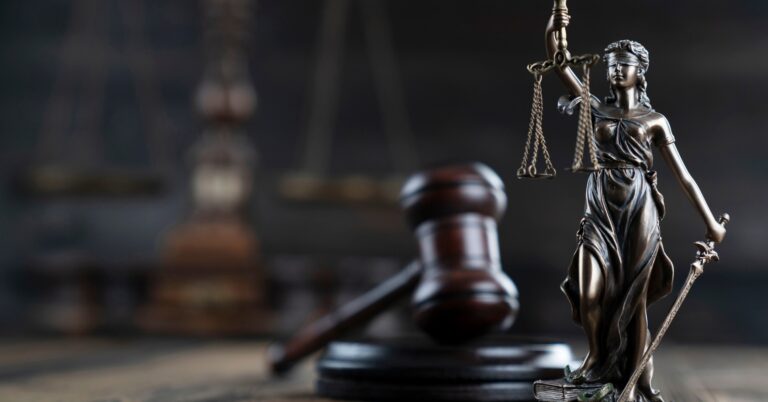$0 Fee, Until You WIn
-
Open 24 hours
-
1526 W Ute Blvd Suite 110, Park City, UT 84098
The Ultimate Guide to Car and Trucking Accident Insurance Claims

Since its establishment in 2022, Eaton Injury Law has been committed to effectively handling many car and trucking accident claims. These cases are as unique as those involved, ranging from minor injuries to severe, life-altering ones and quick settlements to lengthy legal disputes. Regardless of the specifics, every claim involves real people facing genuine emotions and challenges.
Our Ultimate Guide to Car and Trucking Insurance Claims is designed to clarify the intricacies of personal injury claims. It provides a detailed, step-by-step guide to initiating and successfully concluding such claims.
This guide will prove invaluable if you or a loved one has been injured in a motor vehicle accident. Even if you have already engaged an attorney, this guide can offer valuable insights into your attorney’s actions in resolving your claim.
The party at fault will likely have insurance in most accidents, especially those involving cars or trucks. The insurance company takes responsibility and assigns your claim to an adjuster who decides on the settlement. Given their experience, adjusters have handled hundreds or thousands of claims, whereas this might be your first encounter with the process.
Your claim needs to distinguish itself. Deciding to handle your claim without a car accident attorney can put you at a disadvantage. This isn’t a comment on your abilities but an acknowledgment of the value of effectively navigating the insurance company’s processes.
Misconceptions often surround the role of personal injury attorneys. This guide aims to dispel these misperceptions, giving you a clear understanding of how your personal injury lawyer can steer your motor vehicle accident claim towards maximum recovery.
Key Elements of a Car or Trucking Accident and Insurance Claim
Being involved in a car accident doesn’t necessarily mean you must make a personal injury claim or engage a personal injury attorney. To successfully file a personal injury claim, you need to prove four key factors:
- Duty: This refers to expected behaviors in specific situations.
- Breach (or negligence): This occurs when someone fails to meet societal standards of behavior.
- Causation and foreseeability: This establishes the connection between the accident and your injuries.
- Damages: This encompasses all the harm you were caused by the accident.
In addition to these requirements, which we’ll elaborate on shortly, it’s beneficial if the at-fault driver has car insurance coverage for your injuries. Without insurance, your only recourse is the at-fault driver’s assets, which in many cases, may not be enough to cover your injuries. Thus, even a successful courtroom verdict might result in the debtor filing for bankruptcy, discharging your judgment, and leaving you empty-handed.
So, it’s crucial to identify the insurance funds as it is your best shot at obtaining compensation for your damages.
Standard of Duty of Care in Car or Trucking Accidents
We all expect people to behave reasonably, whether children at a playground or adults driving cars and trucks. As motorists, we must act responsibly and adhere to traffic safety rules. Disobedience of these rules results in repercussions.
As an injury claimant, your responsibility is to demonstrate that the other driver was obliged to drive in a particular manner. For example, you owe it to other drivers to obey traffic laws when driving, ensuring you cause no harm to others. This duty includes yielding to other drivers, avoiding distractions, using your turn signals, and obeying speed limits.
Proving Breach of Duty or Negligence in Car or Truck Accidents
As part of your insurance claim for personal injuries, you must demonstrate how the other driver violated a traffic rule or was negligent, supported by concrete evidence.
Rules for motor vehicle accidents are often explicit and defined by numerous statutes, laws, and regulations. Identifying a traffic rule violation is usually straightforward: a violation is typically seen as negligence.
The challenge arises in proving the other driver violated a traffic law. This might involve finding witnesses who saw the accident, potentially captured by surveillance footage, or using state-provided data on traffic signals at the accident site.
You must build a strong case proving the other driver violated a traffic rule.
Causation and Foreseeability in Car or Truck Accidents
Not all negligence leads to injury, but when it does, the injured party must establish a causal link between it and their injuries. This is called causation, which can be difficult and costly to prove.
Often, individuals have pre-existing conditions that insurance companies will attempt to attribute their injury to. It might necessitate medical experts to differentiate between accident-related injuries and pre-existing conditions. If pre-existing injuries complicate your claim, consider seeking attorney assistance.
Foreseeability is another element you must prove, a complex concept in personal injury law. Foreseeability states that you can’t be negligent for outcomes you couldn’t reasonably predict. If a negligent act starts a sequence leading to injury, the injury cannot be too distant from the initial act.
Foreseeability is best illustrated by the Palsgraf v. Long Island Railroad Co. case, where the court ruled in favor of the defendant due to the unforeseeable sequence of events leading to injury. The takeaway here is this: the more unexpected or unusual events between the negligent act and the injury, the more challenging it becomes to prove foreseeability, potentially undermining your case. This brief introduction to foreseeability should suffice for now.
Assessing Damages in Car or Truck Accidents
The final aspect of an injury claim is demonstrating your damages—what you’ve lost due to the accident. These could include your vehicle damage, medical bills, potential future treatment costs, lost wages, pain and suffering, permanent impairment, scarring, disfiguration, ruined credit, and other damages.
Naturally, the greater your damages, the more compensation you can expect from the insurance company.
For car or truck accidents in Utah, you must accrue at least $3,000 in medical bills to file a personal injury claim against the at-fault driver.
The way you present your damages can make a significant difference. Insurance adjusters handle hundreds of claims annually, many of which appear similar due to generic medical descriptions.
Avoid relying solely on medical records to describe your injuries, as they can be technical and lack impact. Instead, use layman’s terms to depict the severity of your injuries.
Visual aids, such as photographs or videos, can be extraordinarily impactful. A “day in the life” video, for example, showcasing the daily struggles of a severely injured person can be highly effective in conveying your hardships.
If you meet these criteria or are unsure, don’t hesitate to contact Eaton Injury Law. We handle cases both big and small. Proving these elements can be challenging, and it’s crucial not to give the insurance company any reason to undervalue your claim.
Steps to Take After a Car or Truck Accident
- Reporting Your Property and Bodily Injury Claims. It’s crucial to report your property and bodily injury claims promptly to both your and the at-fault party’s car insurance companies. The at-fault party’s insurance information should have been received at the accident scene. If not, contact the police officer or department involved in the accident investigation to request the necessary details.Generally, you’ll have at least three insurance adjusters assigned to your claims – one from your insurance company for No-Fault Benefits and two from the at-fault party’s insurer for car damage and the bodily injury claim. Keep the contact information and claim numbers readily available, as they will be repeatedly needed throughout the claims process.Property damage claims usually get resolved before bodily injury claims. The adjuster can provide a list of preferred shops for repairs or replacements. Remember that you will owe a deductible, typically $1,000, and the insurance company will cover costs above this. Most auto insurance policies also cover rental car costs for up to 30 days.When repair costs exceed your car’s value, your car is “totaled”, and the insurance company will pay your car’s book value. In cases where a new car is totaled, gap insurance can be beneficial as it pays the difference between the book value and the amount owed on the car.
- Seek Medical Attention. If injured, seek medical treatment promptly to ensure speedy recovery. An ambulance should be called if you’re unsure about the severity of your injuries. If your symptoms persist post-accident, continue your medical visits. Remember, if an injury is not reported to a doctor and not mentioned in medical notes, it’s as if it never occurred in the eyes of the insurance company. Be thorough in reporting your symptoms and describing your condition each time you see a healthcare provider.Besides your doctors’ notes, document your injuries and treatment process through photographs, videos, and journal entries. Documenting your struggles with daily tasks can provide essential personal details that shouldn’t be overlooked.
- Gather and Retain All Relevant Evidence from the Accident Scene. Refrain from assuming that everyone will concur on what transpired. Car accidents occur swiftly, and people’s memories or accounts of events can change over time, especially under the influence of insurance companies. Therefore, it’s fundamental to document and secure all possible evidence early on to avoid potential misrepresentation of the incident.
If you suspect a defective product or component contributed to the accident, ensure you retain the item. With the defective product, your attorney might be able to proceed with your case. Document the chain of custody and handle the product minimally to prevent accusations of tampering. Never destroy evidence.
Whenever possible, photograph and video everything. If you can’t do it yourself, ask a friend, family member, or colleague to do it. The lack of visual evidence can make a case more troublesome than necessary.
Capturing key visuals can expedite a favorable case resolution. Ideally, hire a personal injury attorney from Eaton Injury Law who can document all evidence professionally.
Document everything at the scene. If there were witnesses, capture their images. Photograph and video any reports you fill out. Document every conversation you have with relevant parties.
When photographing an item or area of interest, capture it from several angles and distances. Use a common item such as a pencil or wallet for scale. If you can’t do this, ask a family member or friend to document the scene as early as possible.
Here’s the bottom line:
- Be meticulous when taking photographs or recording videos at the scene.
- Never assume that something is irrelevant or unrelated.
- Presume everything might be of importance later.
Never delete any photos or videos, regardless of their apparent quality. Once you’ve taken all the photos and videos, back them up on a computer or an external drive. Even after handing them to your attorney, retain the originals. Avoid sharing your photos or videos on social media.
Limit giving statements to police officers or treating providers. When giving a statement, be brief and accurate. Do not speculate about what happened. Always be truthful, and remember that sometimes, saying “I don’t know” is the only accurate response.
The Value of a Car or Truck Accident Attorney
Engaging a personal injury attorney entails entrusting them with safeguarding your best interests – a fiduciary duty, which is one person’s highest responsibility to another. At Eaton Injury Law, we put our clients’ needs and interests first. Every decision hinges on one question, “Will this benefit the client above all else?” If the answer is no, we refrain. If it’s yes, we proceed.
A personal injury attorney provides an array of services. There’s a lot to manage when you’re injured in an accident. For instance, if you’re hurt at work, you’ll need to apply for worker’s compensation and potentially disability benefits. If you’re injured in a car accident, you must organize collision repairs, arrange a rental car, and seek compensation for property damage. These are just starting points in the many issues you’ll face when injured in an accident.
- Is it Worth Hiring a Personal Injury Attorney? - November 17, 2024
- 10 Easy Ways to Get More Value Out of Your Personal Injury Case - August 30, 2024
- The Ultimate Guide to Car and Trucking Accident Insurance Claims - August 28, 2024



